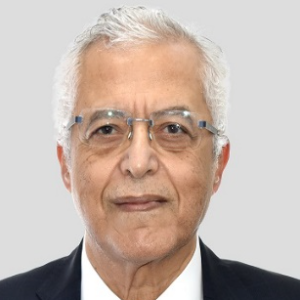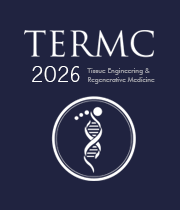Release of Drugs & Growth Factors
Growth factors (GFs), chemokines, cytokines, and other signaling molecules all play a role in wound healing and tissue regeneration. Numerous breakthroughs in the subject have shed light on the mechanics of wound healing, and different technical solutions have been proposed as a result of these scientific advances. However, the mechanisms of tissue regeneration following wound injury have yet to be fully understood. Current advancements in unique drug delivery systems (DDSs) that release growth factors (GFs) offer a huge opportunity to develop new medicines or improve the efficacy of existing treatments. These breakthroughs are especially important in the field of regenerative medicine, which is tackling challenges like wound healing and skin restoration. To this purpose, biocompatible biomaterials have been intensively investigated in order to improve DDS in vivo integration, increase the bioactivity of released medications, and deliver bioactive compounds in a targeted and regulated manner.

Nagy Habib
Imperial College London, United Kingdom
Lucie Bacakova
Institute of Physiology of the Czech Academy of Sciences, Czech Republic



Title : AI-integrated high-throughput tissue-chip for space-based biomanufacturing applications
Kunal Mitra, Florida Tech, United States
Title : Stem cell technologies to integrate biodesign related tissue engineering within the frame of cell based regenerative medicine: towards the preventive therapeutic and rehabilitative resources and benefits
Sergey Suchkov, N.D. Zelinskii Institute for Organic Chemistry of the Russian Academy of Sciences, Russian Federation
Title : In vitro evaluation of lyophilized Dedifferentiated Fat cells (DFAT) impregnated artificial dermis
Kazutaka Soejima, Nihon University, School of Medicine, Japan
Title :
Nagy Habib, Imperial College London, United Kingdom
Title :
Alexander Seifalian, Nanotechnology & Regenerative Medicine Commercialisation Centre, United Kingdom
Title : The regenerative medicine of the future
Marco Polettini, DVM, Italy